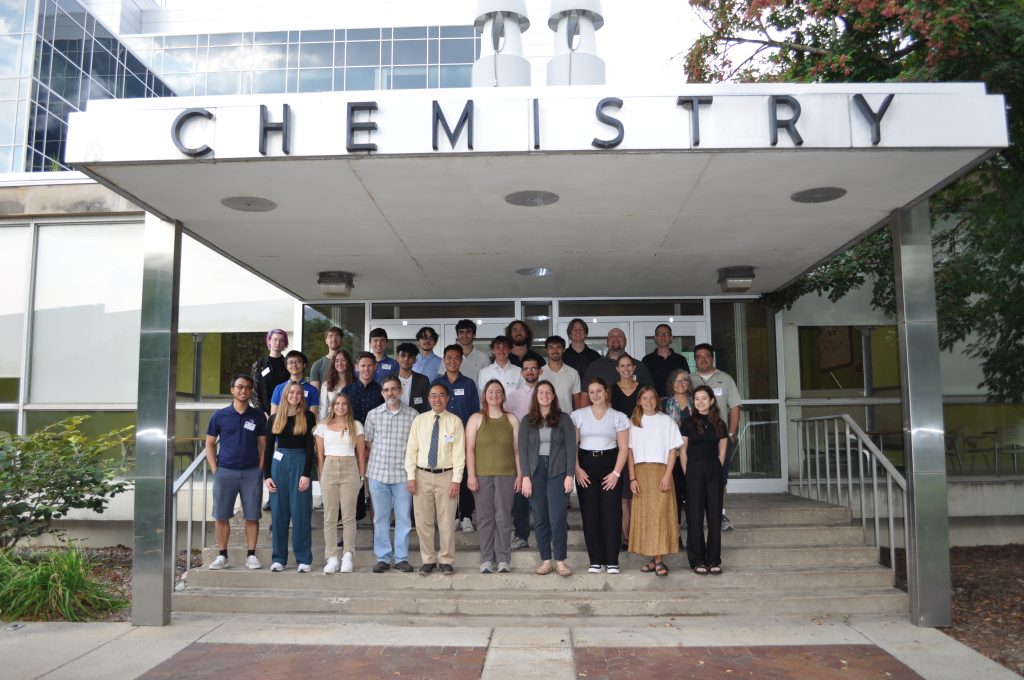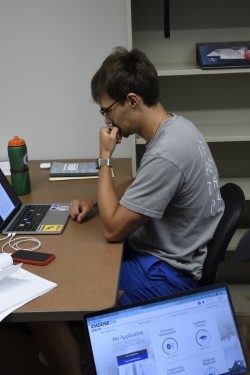During my summer, I enjoyed working as a computational chemistry intern with Dr. Scanlon for the past ten weeks. While working at Hays Hall, I used a program called WebMO to perform calculations on trapezoidal and hexagonal rotors. These molecular rotors, connected by silver (I) and palladium (II) separately, can support different arenes located in the center of the framework. We tested various arenes, such as benzene, naphthalene, and benzothiadiazole. One of our main goals was to see if they could freely rotate 360 degrees. After calculating our results, we found that only one species could freely rotate out of the six we tested. Regardless of the outcome, there was still much to take away from this experience. One of my favorite aspects of this internship was the ability to collaborate efficiently with my colleagues and professor. When you’re put in a situation to speak your mind and think critically, listening to ideas and thoughts and collaborating on them is crucial. Another aspect I enjoyed was the numerous connections I made during my time. Getting to know my fellow interns better was one of my favorite experiences because we connected from day one. The immediate sense of a safe work environment made doing the work much more manageable.
This summer helped me to not only grow educationally but professionally too.
Attending the MU3C conference and showcasing all the work we had put in this summer was indeed an exciting moment. We were able to hear lots of feedback from our undergraduate peers that we can take back and apply to the research further. It’s a blessing to be able to go to work every day and know that the connections I made this summer at Wabash were genuine and impactful. I want to thank the Chemistry.
Department for funding our research and a bigger thank you to the Scanlon Research Group for the fantastic opportunity.

